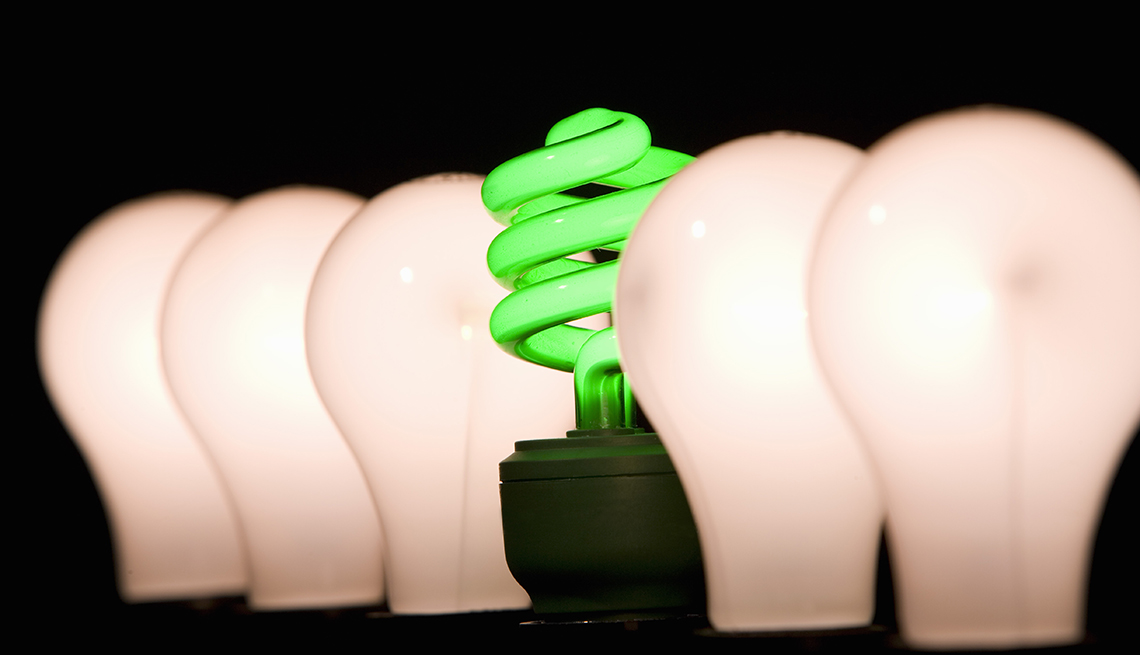
- Select a language for the TTS:
- UK English Female
- UK English Male
- US English Female
- US English Male
- Australian Female
- Australian Male
- Language selected: (auto detect) - EN
Play all audios:
The end of an era is coming for incandescent light bulbs. The Department of Energy put two new rules on the books this week banning the production of these energy-sucking light sources in
2023, at which time manufacturers will be able to sell only energy-efficient light bulbs. It’s part of the Biden administration’s push to move to greener lighting, which drives down
electricity usage, cuts greenhouse gases and saves consumers money. The rules are a reversal of those under the Trump administration, which rolled back the phaseout of incandescents in 2019,
arguing it would be a burden on businesses and the amount saved wasn’t worth the effort. Now, more types of light bulbs will have to meet energy-efficiency requirements, and bulbs that
produce under 45 lumens per watt will be banned. Over time that will result in the phaseout of most incandescent and halogen bulbs and a move toward compact fluorescent and LED bulbs (both
last 25 to 50 times longer than the incandescent type). NEW RULES WILL SAVE BILLIONS The Energy Department said that once the rules take effect in 2023, consumers will collectively save
close to $3 billion per year on utility bills. The planet will also benefit, the agency notes, as carbon emissions will be slashed by 222 million metric tons over the next 30 years. That’s
equal to the emissions produced by 28 million homes in a year. “This is a victory for consumers and for the climate, one that’s been a long time coming,” Steven Nadel, executive director of
the American Council for an Energy-Efficient Economy (ACEEE), said in a statement. “LEDs have become so inexpensive that there’s no good reason for manufacturers to keep selling 19th-century
technology that just isn’t very good at turning electrical energy into light. These standards will finally phase out energy-wasting bulbs across the country.” According to the ACEEE,
companies will be able to import noncompliant bulbs until January 2023, and retailers will be allowed to sell them until July. As it stands, most retailers, excluding Ikea, sell incandescent
and/or halogen incandescent bulbs. In 2020 about 30 percent of light bulbs sold in the U.S. were the energy-hogging variety, although retailers have expanded their inventory of LEDs.
Inefficient incandescent bulbs are also popular in convenience and dollar stores, the organization said, noting that each month these bulbs are sold, it costs the nation close to $300
million in needless energy bills and creates 800,000 tons of carbon dioxide emissions.






:max_bytes(150000):strip_icc():focal(560x375:562x377)/andy-cohen-kids-tout-1-7f10c4c9318a4401a9ac01bb3563100f.jpg)
